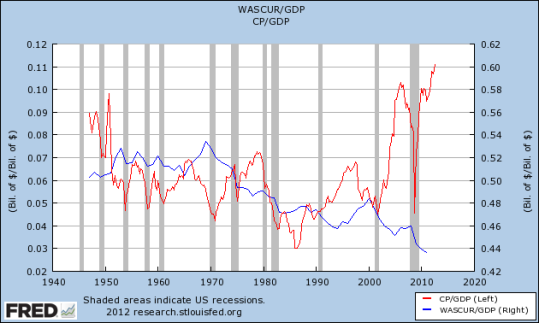First, welcome back.
Just a day or two ago, I singled you out as perhaps the only person I had a clear hand in driving away from the forum, and that I regretted having played that role. My apologies to you.
__________________________________________________ __________________
(It is a faulty contention) that more people in the labor force is the root cause of unemployment. More people can aggravate the true causes of unemployment but more people can also facilitate those factors that grow employment.
While it is true that more people, either by immigration, births or women joining the workforce, add more to the potential labor force, the supply side, it is also true that they add more to the demand side that can take up any slack in the supply side. To think otherwise, one would have to explain why the growth in US population since its establishment doesn't now have the vast majority of people unemployed.
It's referred to as the "virtuous cycle." The key to it was covered by Henry Ford when he often explained his rationale for providing his workers higher pay scales than most other industry being due to his wanting them to be able to afford to buy his cars.
The most critical graph missing ... is this one -

- essentially, the wealth from the nation's economic production is increasing going to corporate profits rather than to wages. If one is not addressing that fact, then one is really not addressing the issue.
Now a couple of things about that. Those corporate profits are not just going to very rich CEOs and the financial system that banks them, most of it actually goes to investors as dividends or re-invested by the corporations on behalf of their investors to further production and capital gains. There's the issue there that is mostly older established folks and their investment institutions (pensions, 401ks, insurance) that are profiting while there is hardly any participation in those gains by younger folks. But maybe there's some solution in there as well of broadening the investment class.
I don't know the answer, but I do know ignoring this as the most fundamental change in our economy forgoes any serious attempt at understanding the ills of our economy today.
Just one minor point. Rather than using gross labor participation rate, most folks who are seriously study what is going on now use participation by the prime working age of 26-56 (I believe that's the range off the top of my head) that not only normalizes the trend to negate the increasing bulge of baby boomer retirements but also influences on the other end of younger folks going to school. Some actually limit the trend analysis to males in that age group since the female side has actually been more stable for some time now.
What has disconnected the virtuous cycle?








